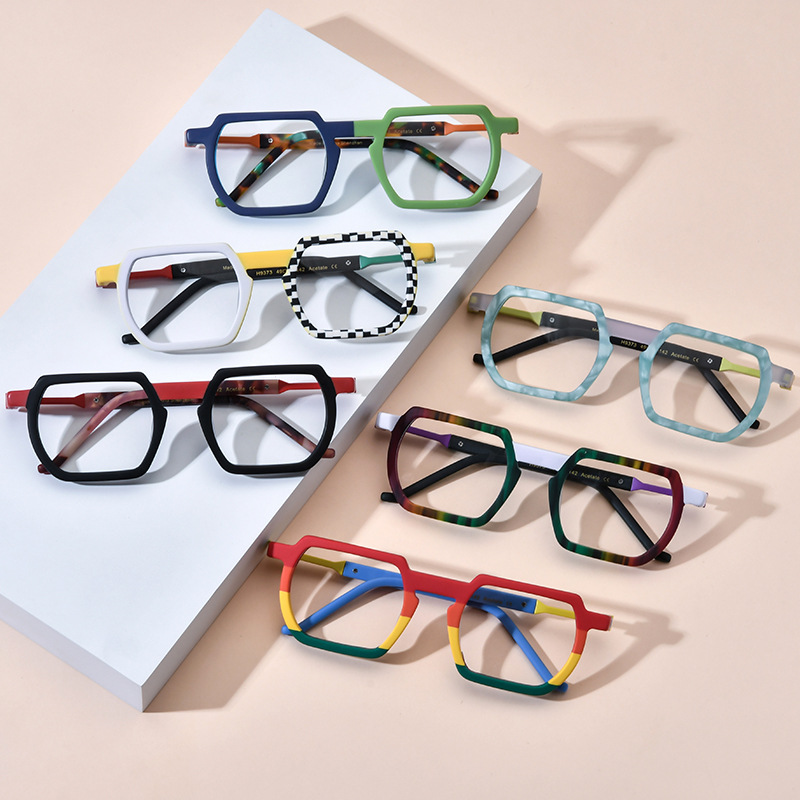Choose the right product
Uv protection function: UV damage to children’s eyes is greater, to choose sunglasses that can effectively block UV, the label is usually marked with UV400 and other signs, indicating that it can block more than 99% of UV. For example, in the strong sunshine of the seaside, highland areas and other environments, UV400 sunglasses can provide better protection for children’s eyes.
Size and comfort: Children’s face is small and still developing, should choose the right size, comfortable to wear sunglasses. The frame should be able to fit the child’s face, not too tight or too loose, to avoid causing pressure on the bridge of the nose and ears. You can choose from models with adjustable nose pads or mirror legs to accommodate different head and face shapes.

Material safety: The frame material should be light, soft, non-toxic, non-irritating, such as silica gel, TR90 and other materials, not easy to cause damage to children’s skin, but also reduce the burden of wearing. The lens should choose a material that is not easy to break, such as PC lens, which has good impact resistance and can prevent the lens from breaking and damaging the eyes when accidentally colliding.
Optical performance: high-quality sunglasses lenses should have good optical performance, clear vision, no deformation, no distortion, and will not cause adverse effects on children’s visual development. Avoid choosing poor quality lenses, which may cause problems such as dizziness and vision loss in children.
Style and color: The style can be selected according to the preferences of children, but pay attention to the lens color. In general, gray, brown, green and other colors of the lens is more suitable, can effectively filter light and have less impact on color recognition. Avoid choosing lenses that are too bright or too dark, so as not to affect children’s perception of the color of the surrounding environment.
Use and wear correctly
Wear time: Do not let children wear sunglasses for a long time, indoors or in places where the sun is not strong, should be taken off in time, so that the eyes can normally accept natural light, help the normal development of the eyes. For example, in cloudy days or in the shade and other soft light environment, you can not wear sunglasses.
How to wear: Teach children to wear and remove sunglasses correctly, and avoid pulling or twisting the frame. You can open the leg of the mirror, gently place it on the child’s ear, and then adjust the position of the frame to ensure that the lens is at an appropriate distance from the eye to avoid the lens scratching the eye.
Cleaning and maintenance: After children use sunglasses, parents should promptly wipe the lenses and frames with clean and soft glasses cloth, remove dust, stains, etc., and keep the glasses clean. Store in a special glasses case to avoid squeezing and scratching.
Focus on eye health
Regular vision check: During the period when children wear sunglasses, they should regularly take their children to check their vision and observe whether there are abnormal conditions in the eyes, such as vision loss, eye fatigue, dryness, etc. If you find a problem, you should stop wearing it and consult an eye doctor.
Observe the adaptation: When wearing sunglasses for the first time, closely observe the adaptation of children. If the child does not adapt, resist wearing or appears dizzy, nausea and other uncomfortable symptoms after wearing, it may be that the glasses are not suitable and need to be adjusted or replaced in time.
Post time: Feb-17-2025